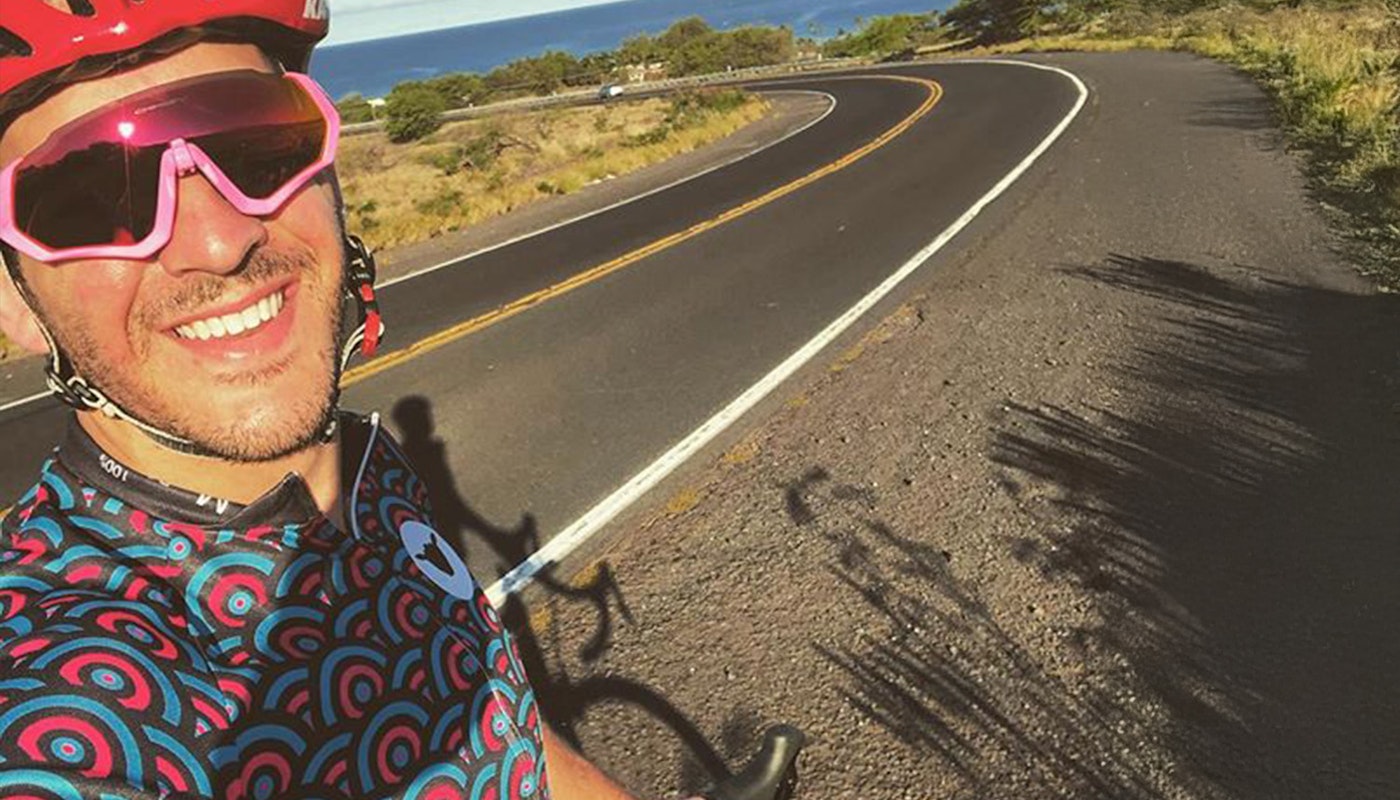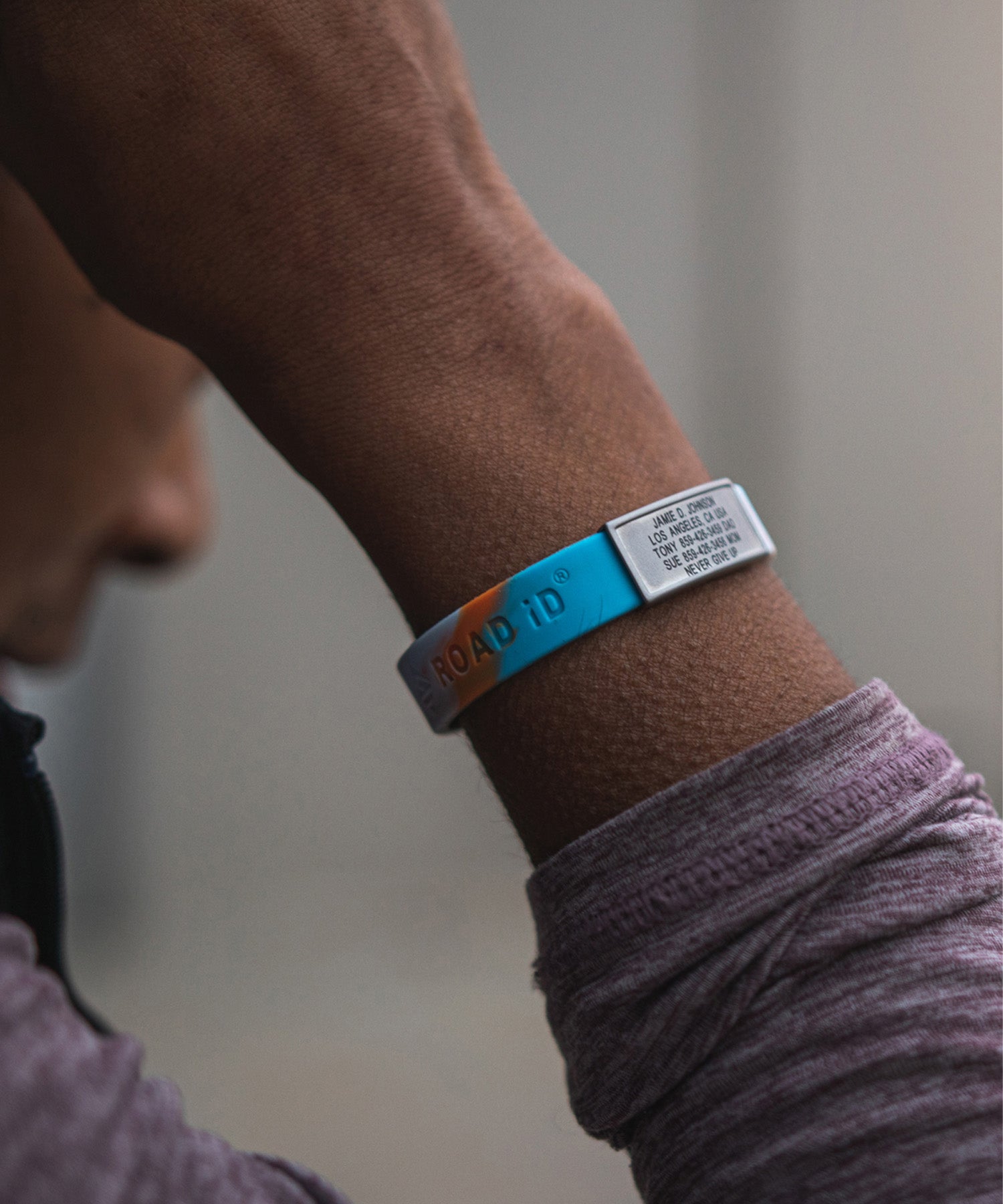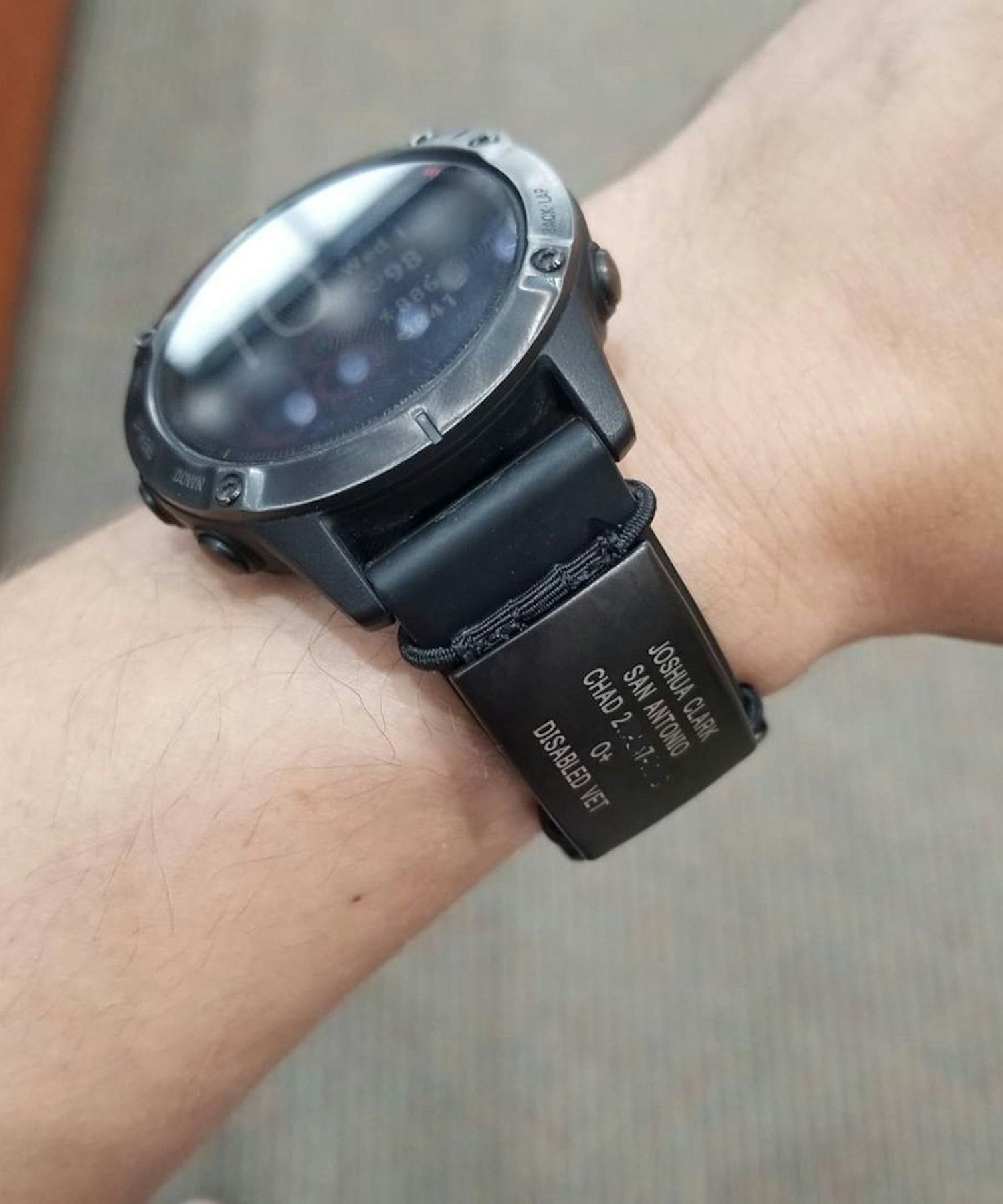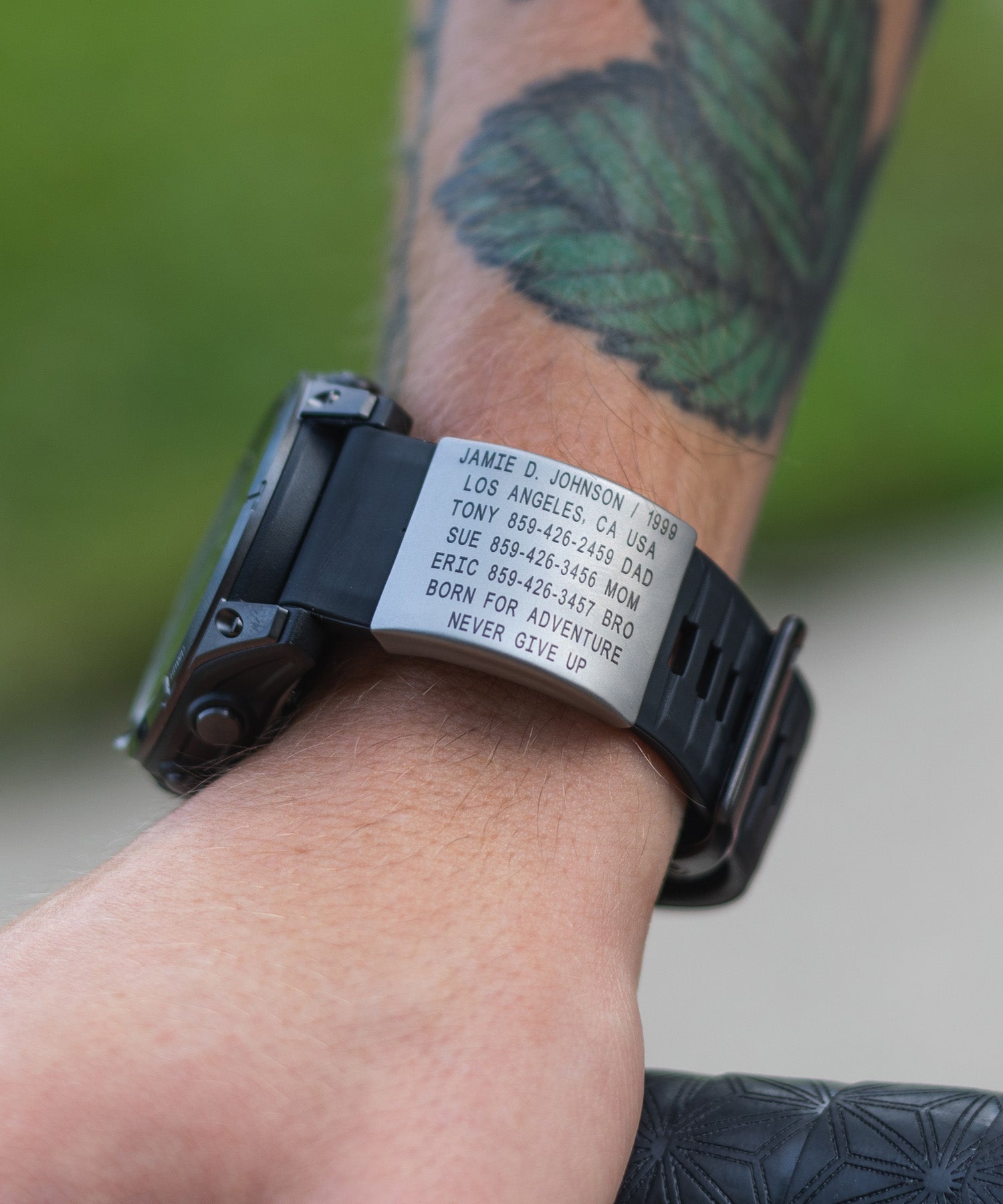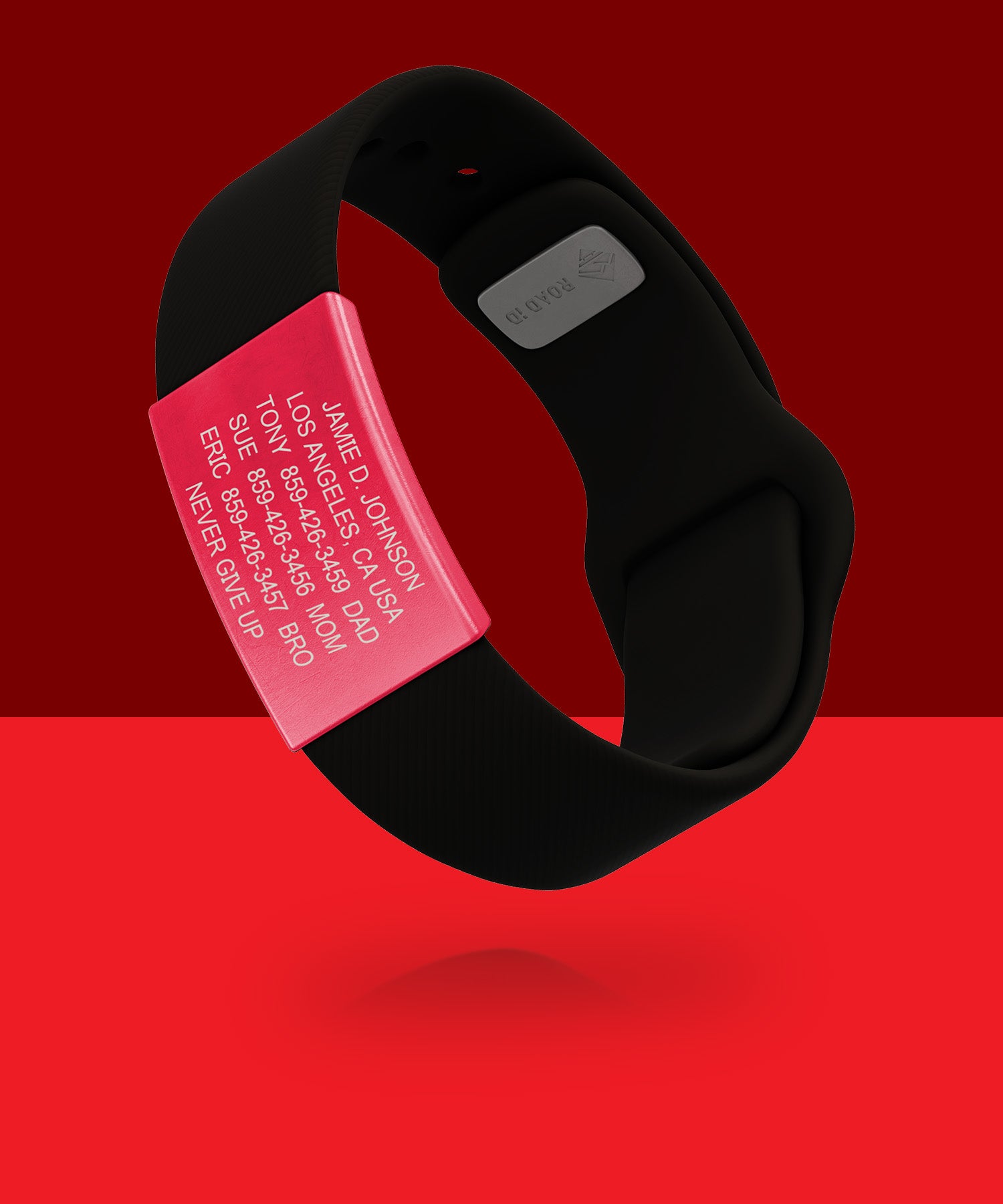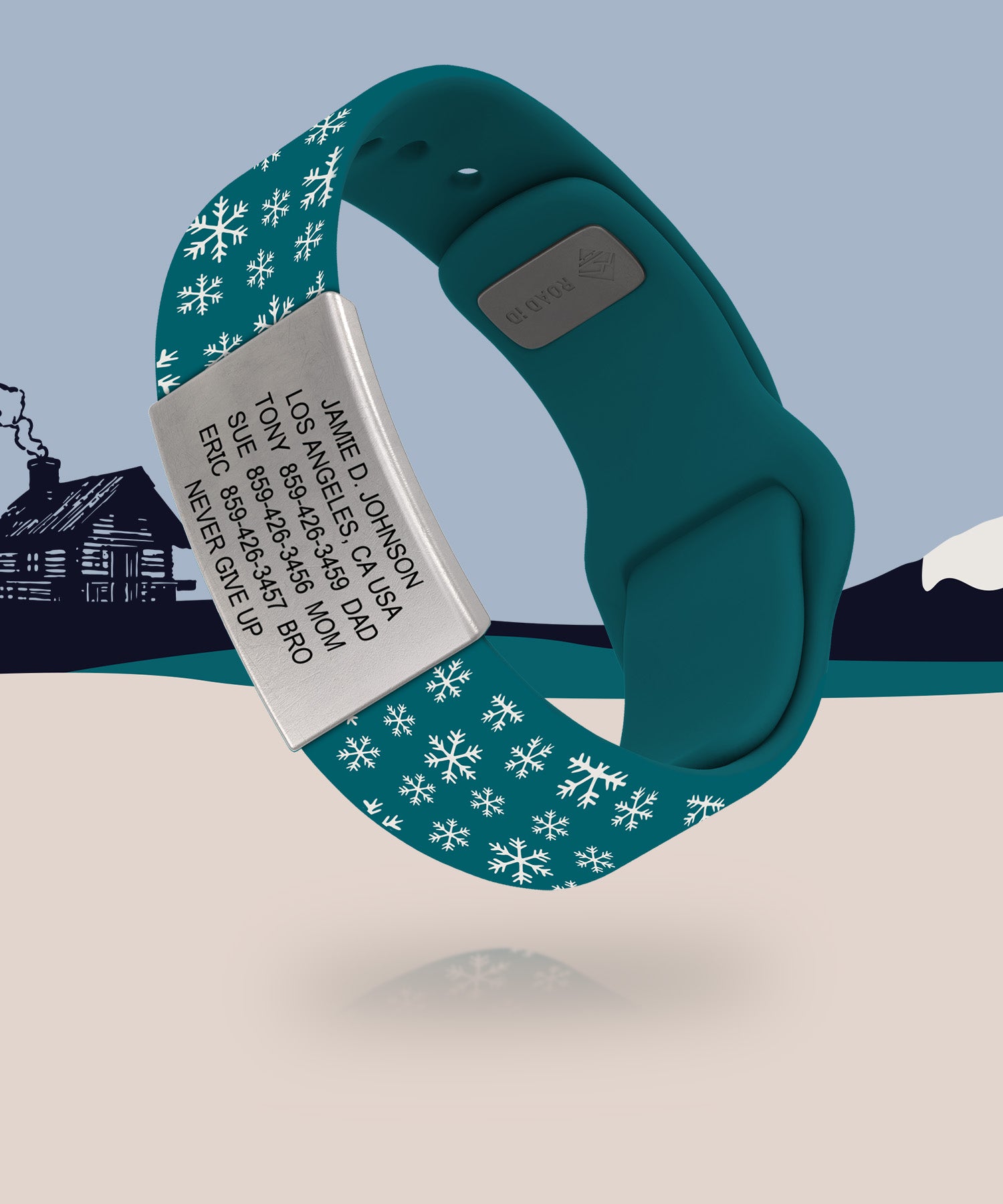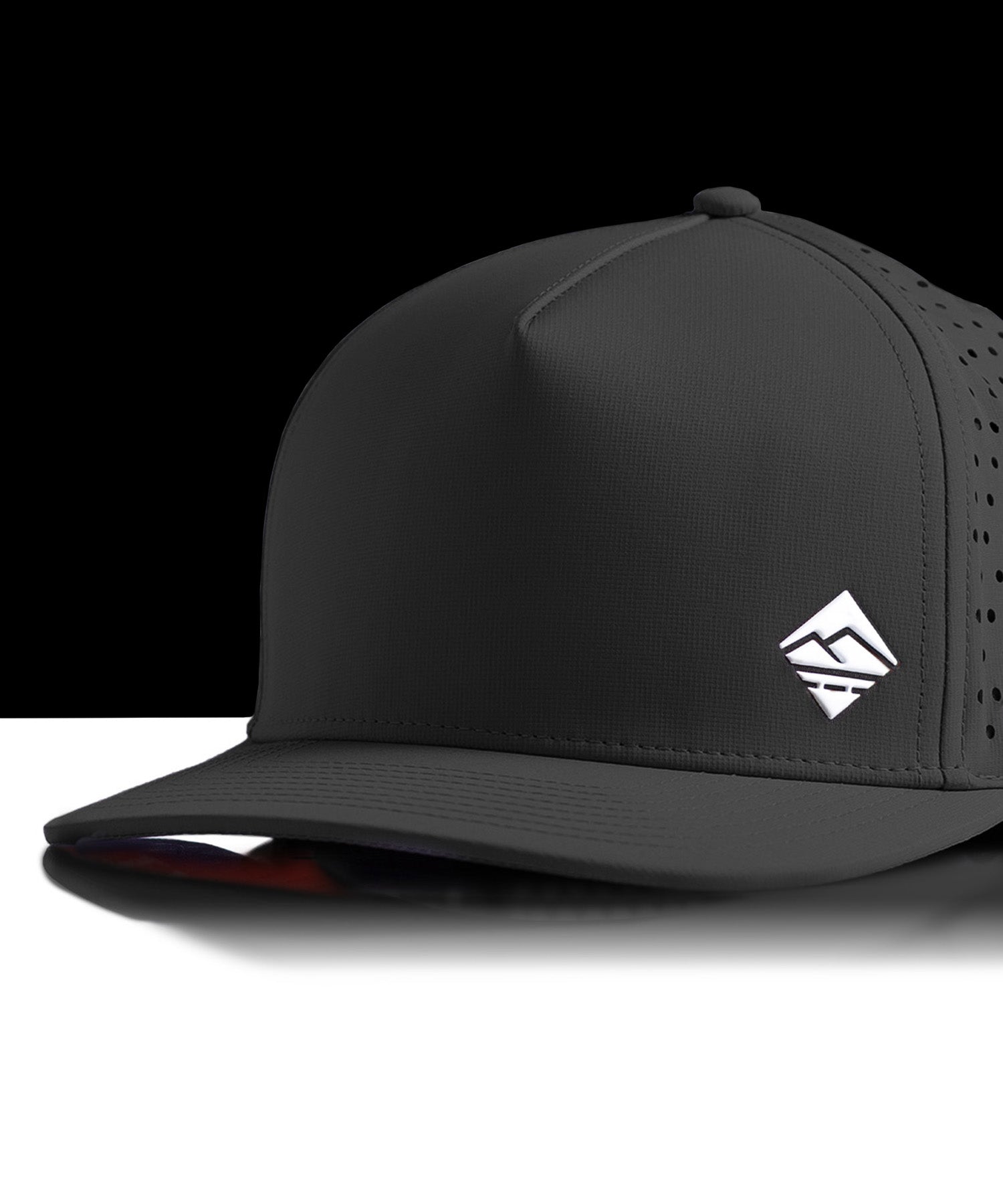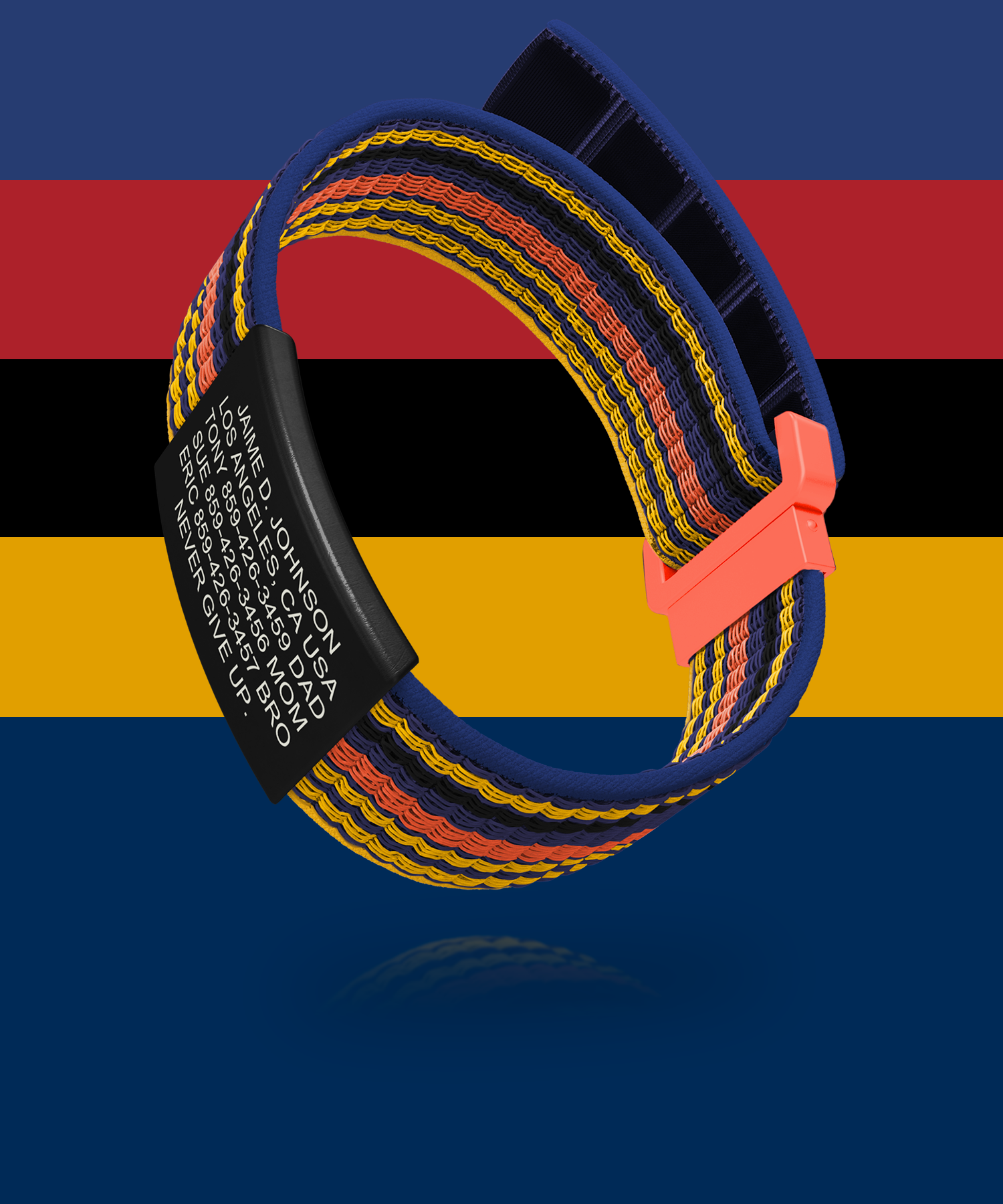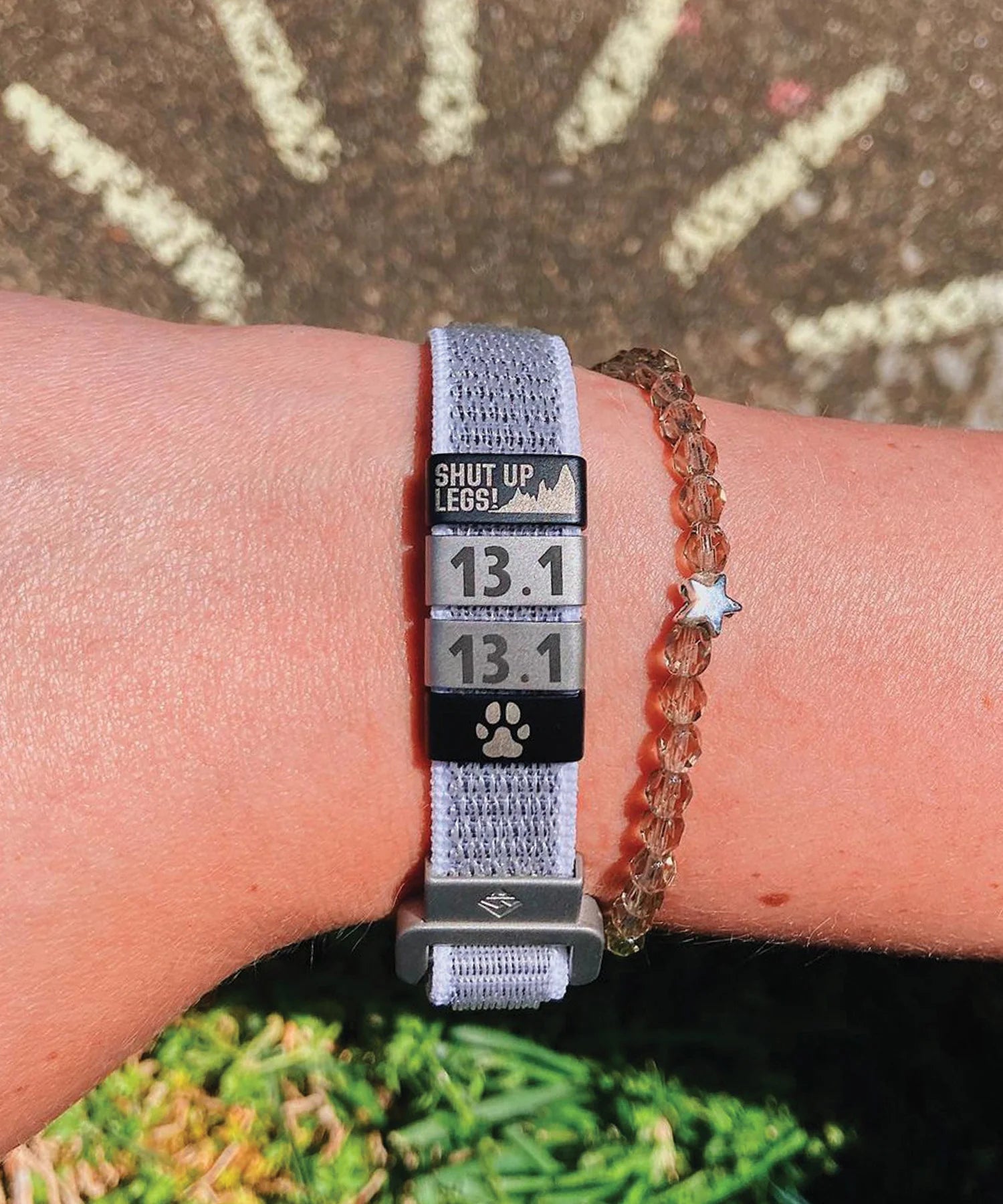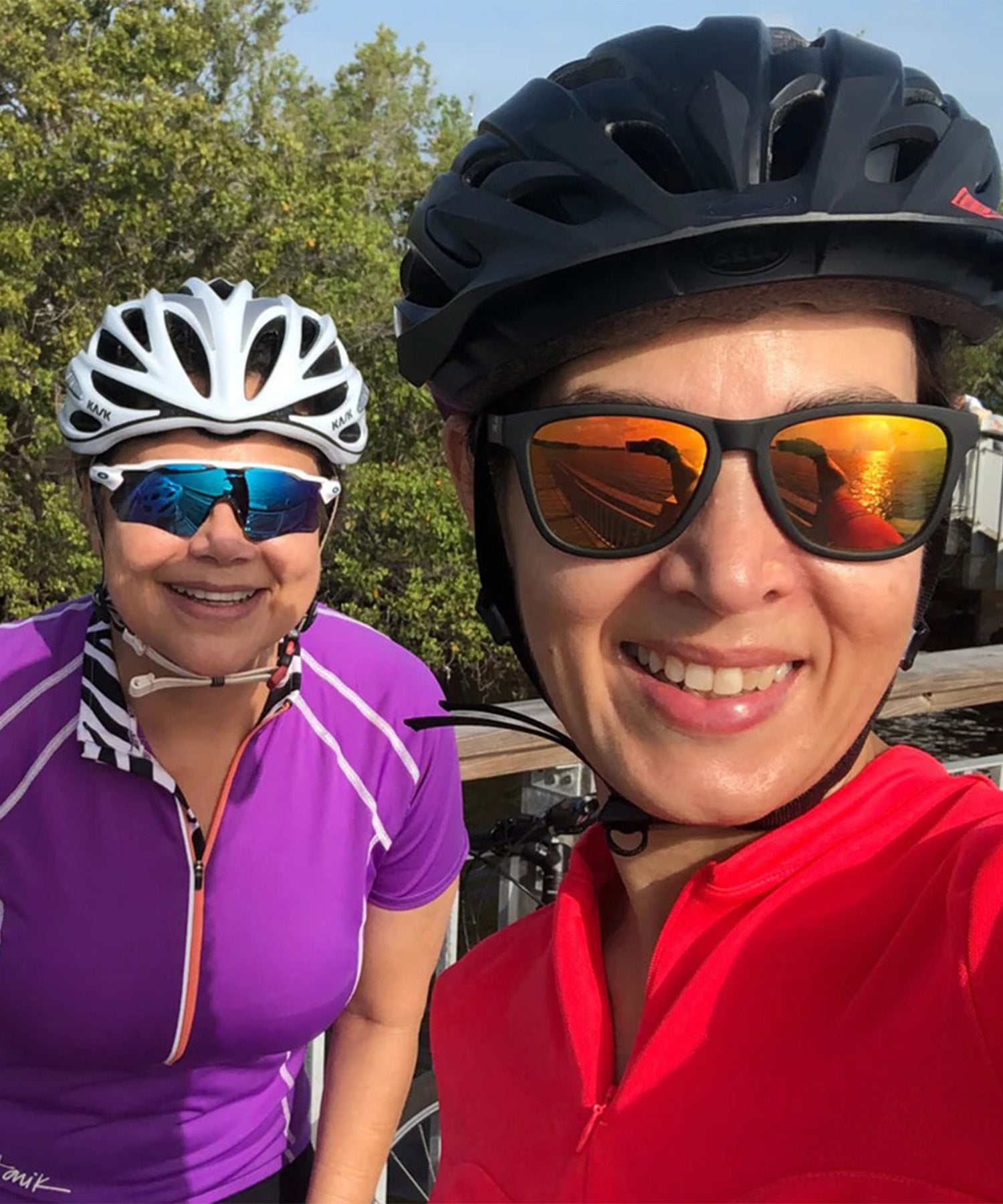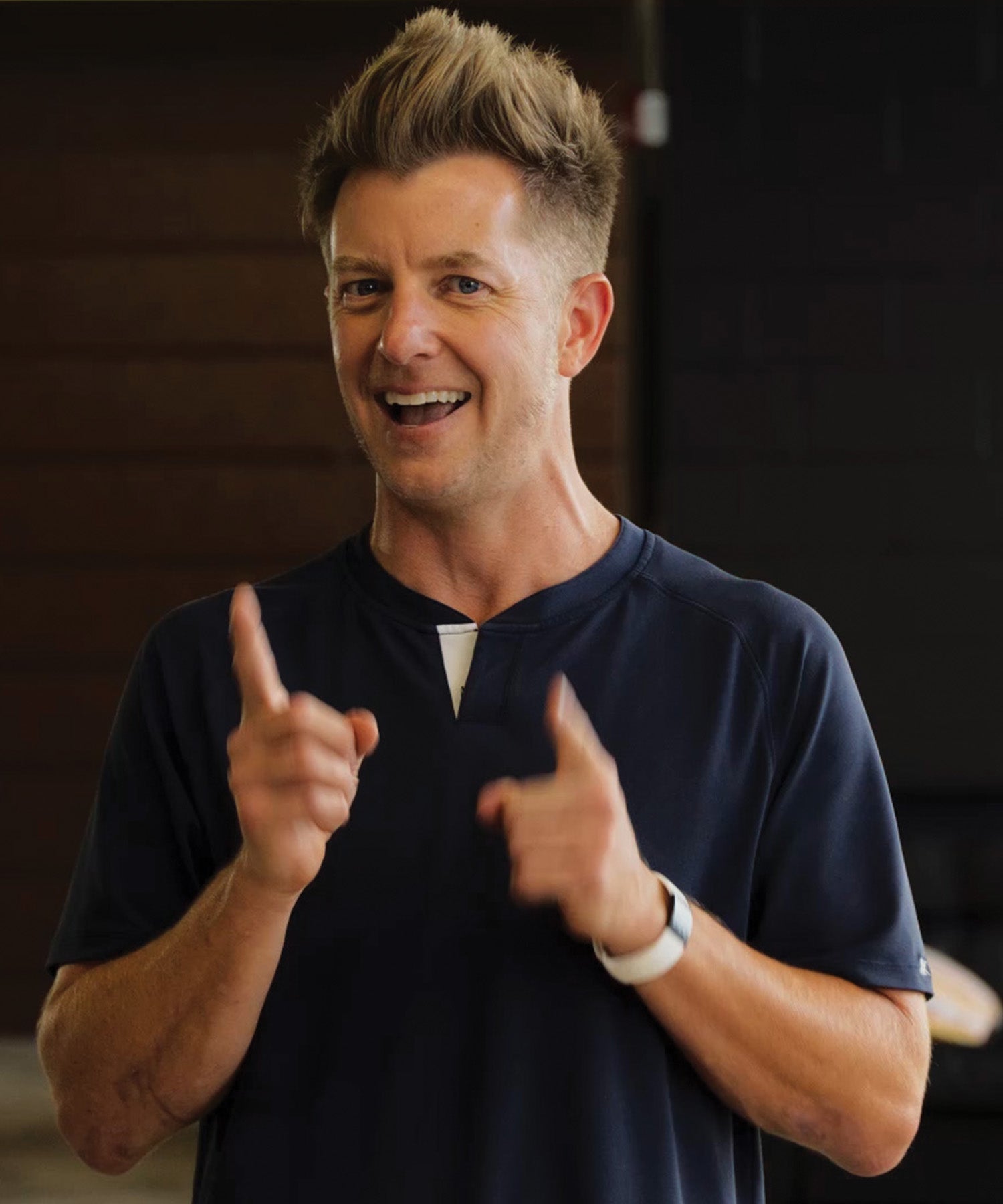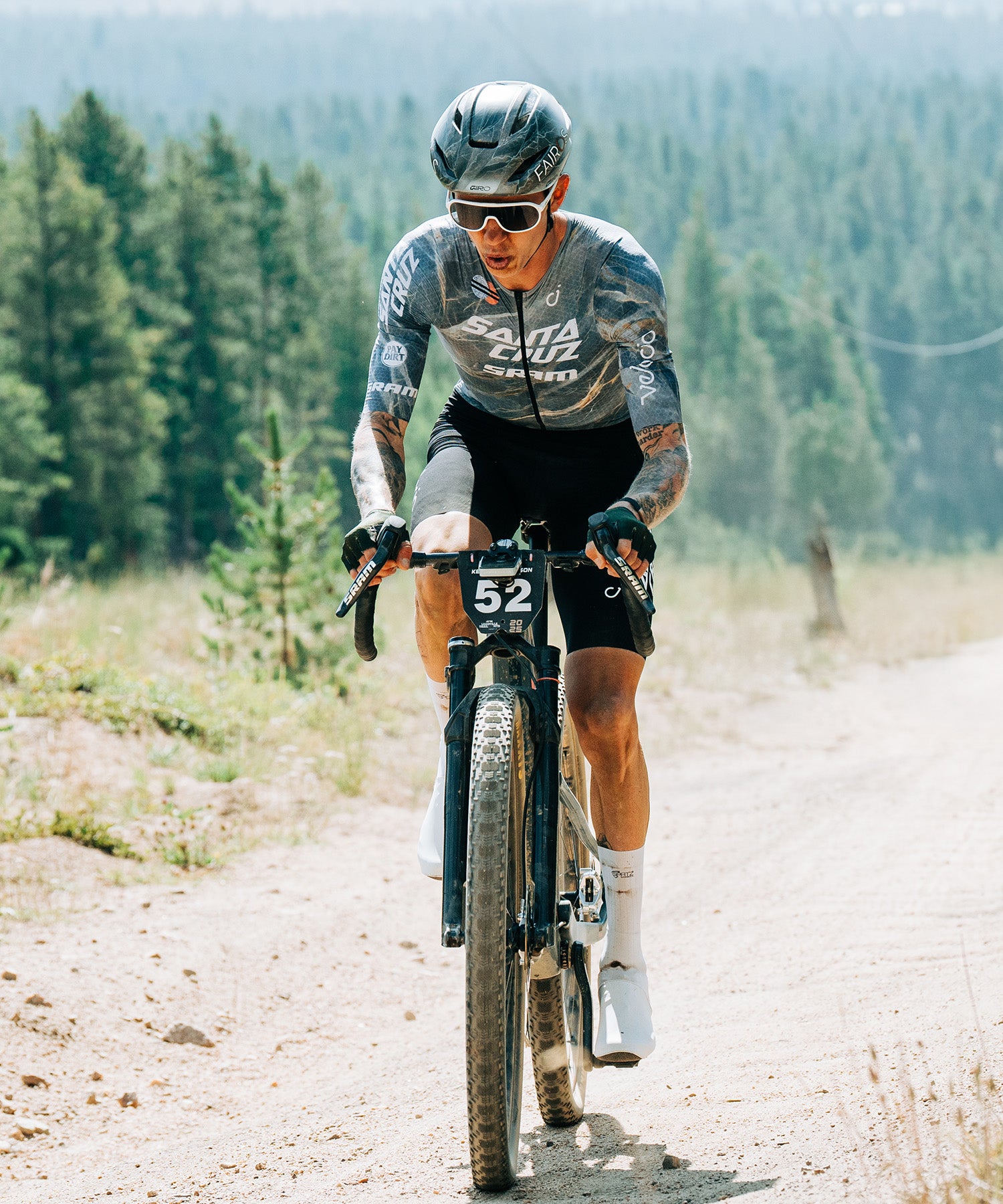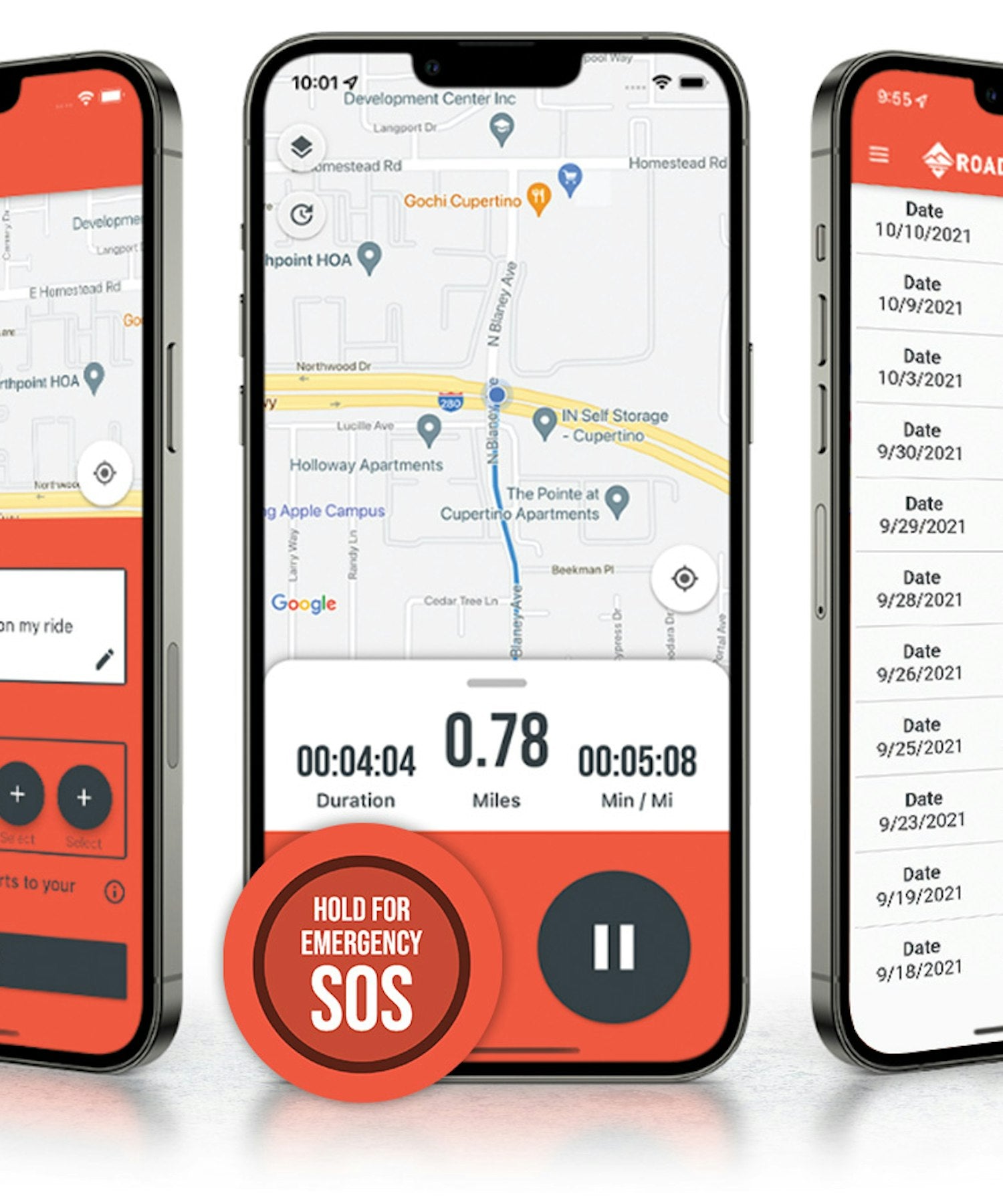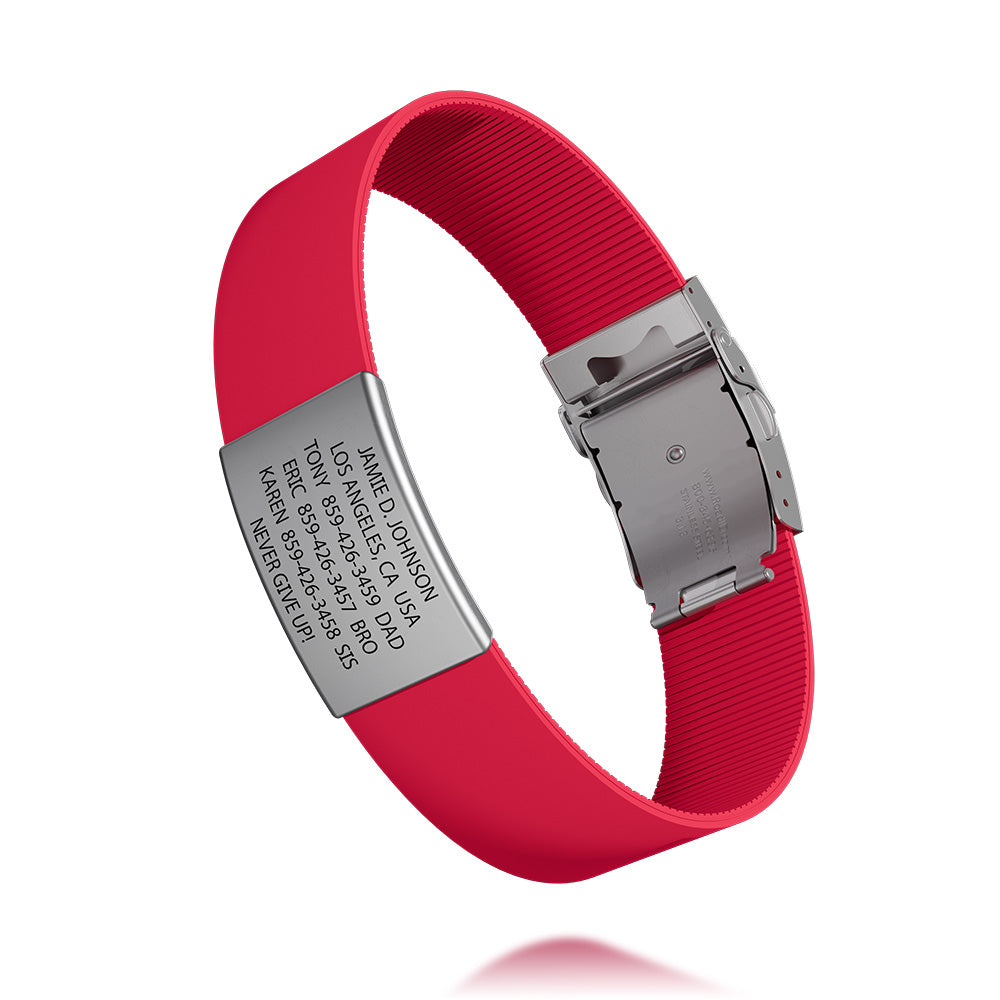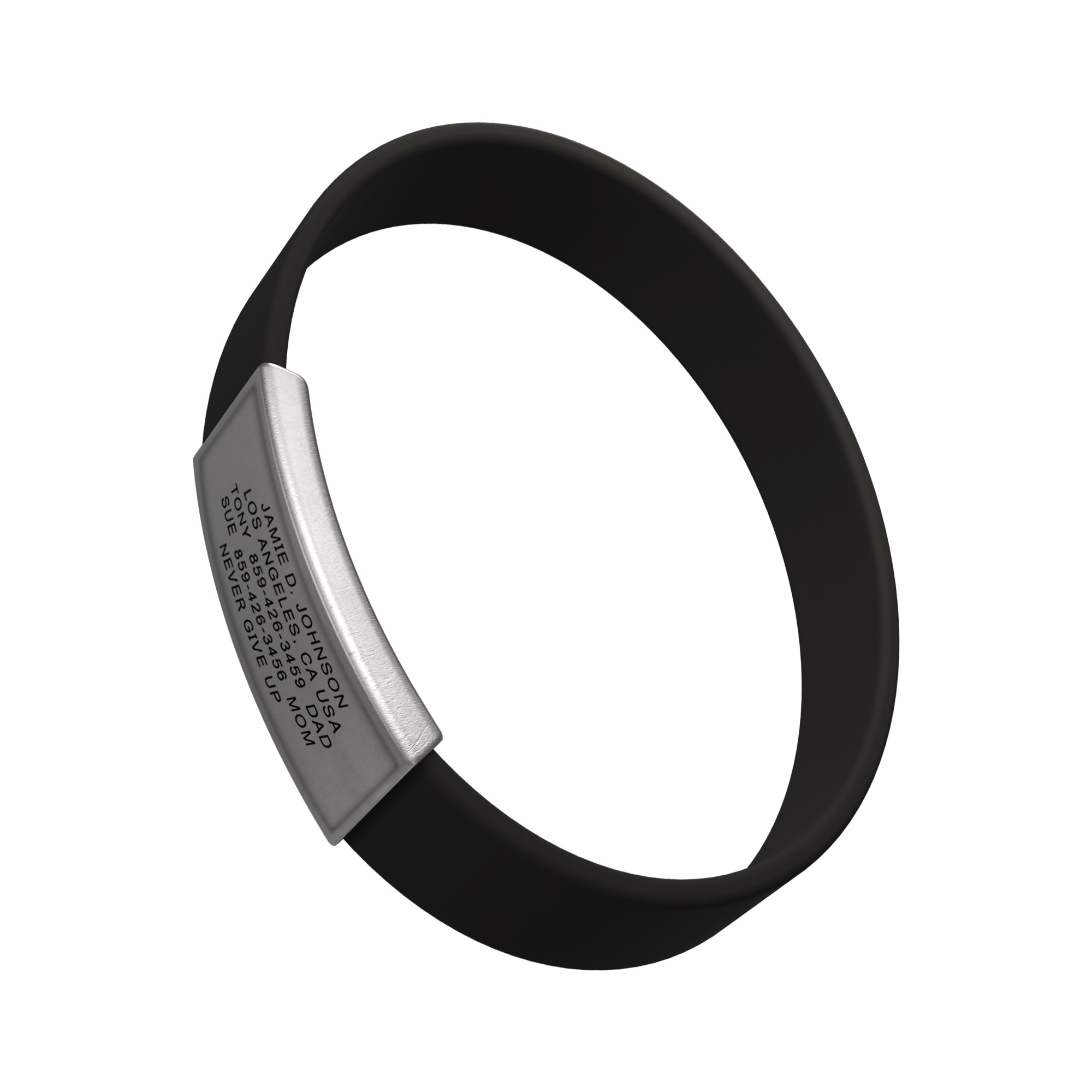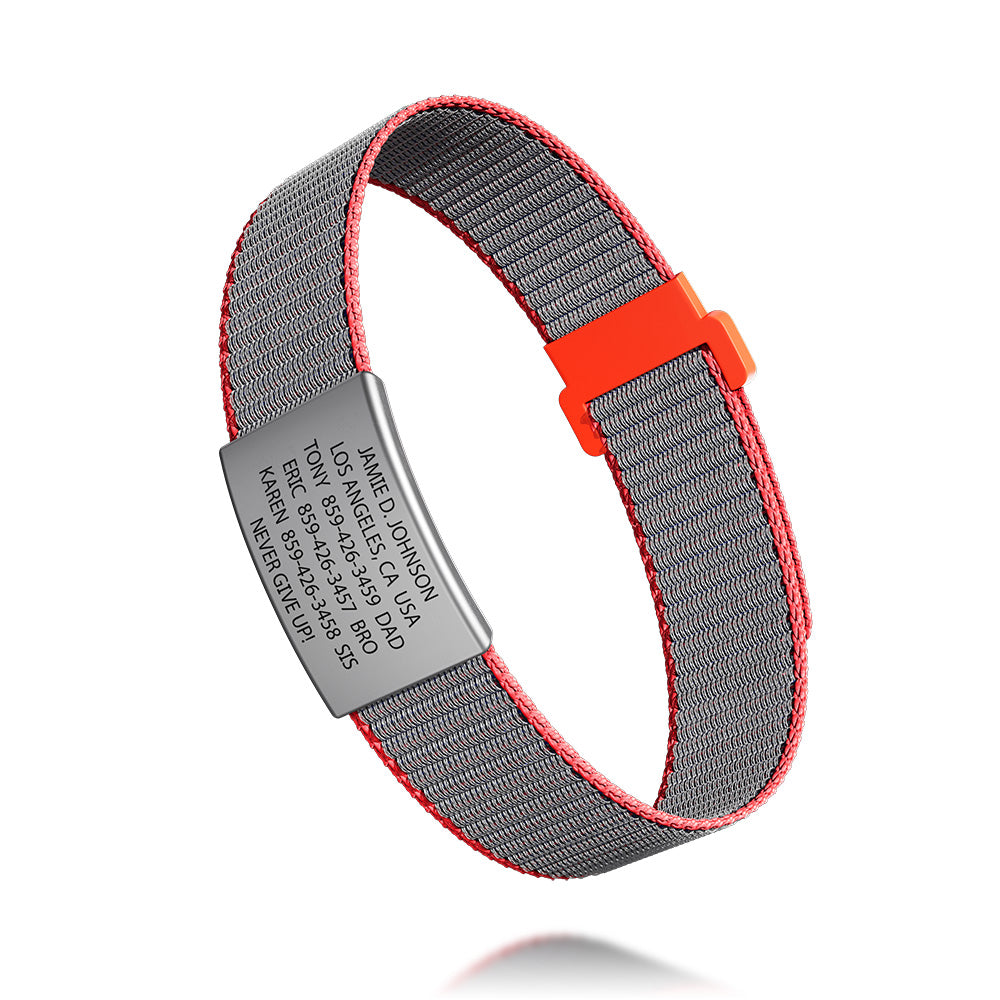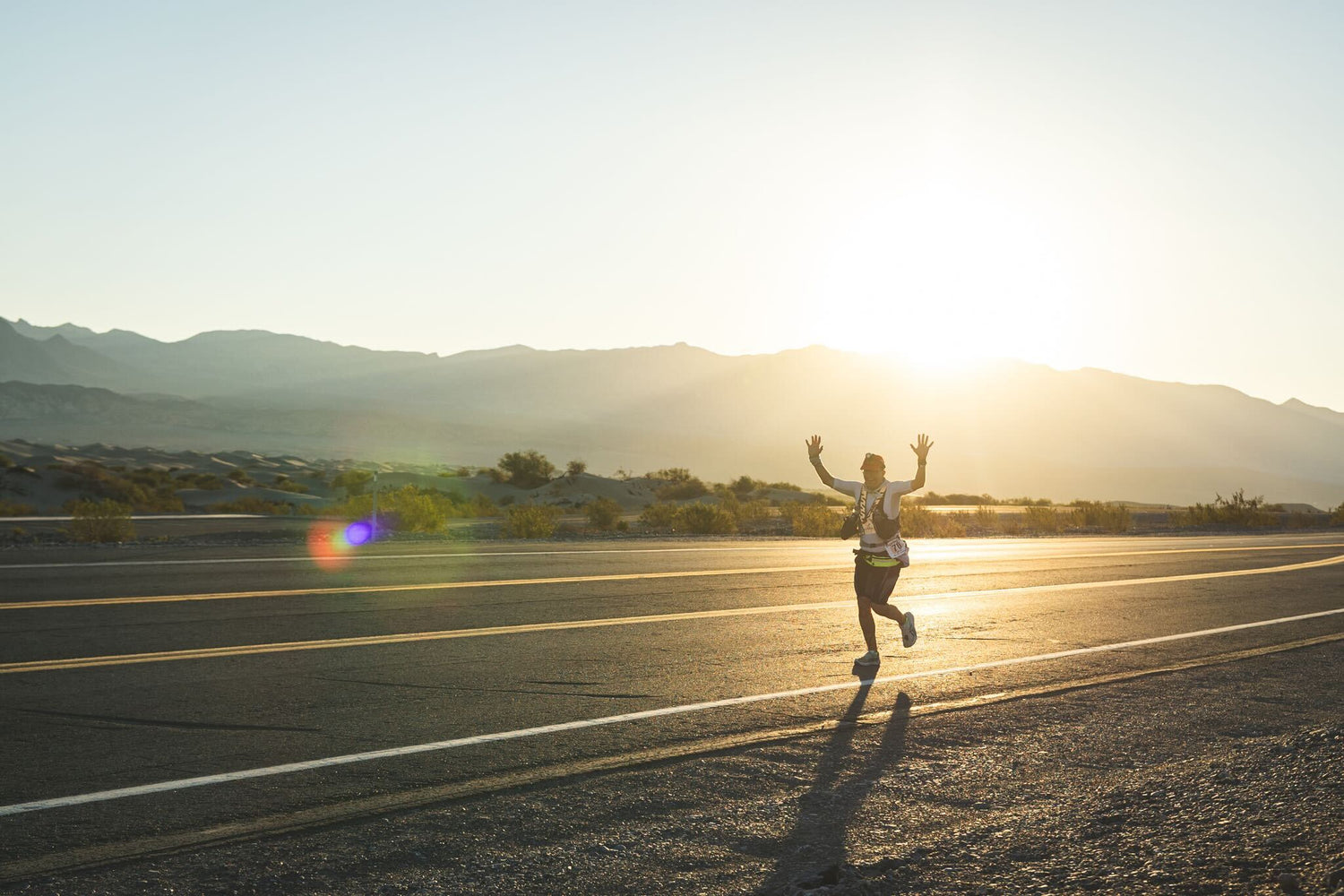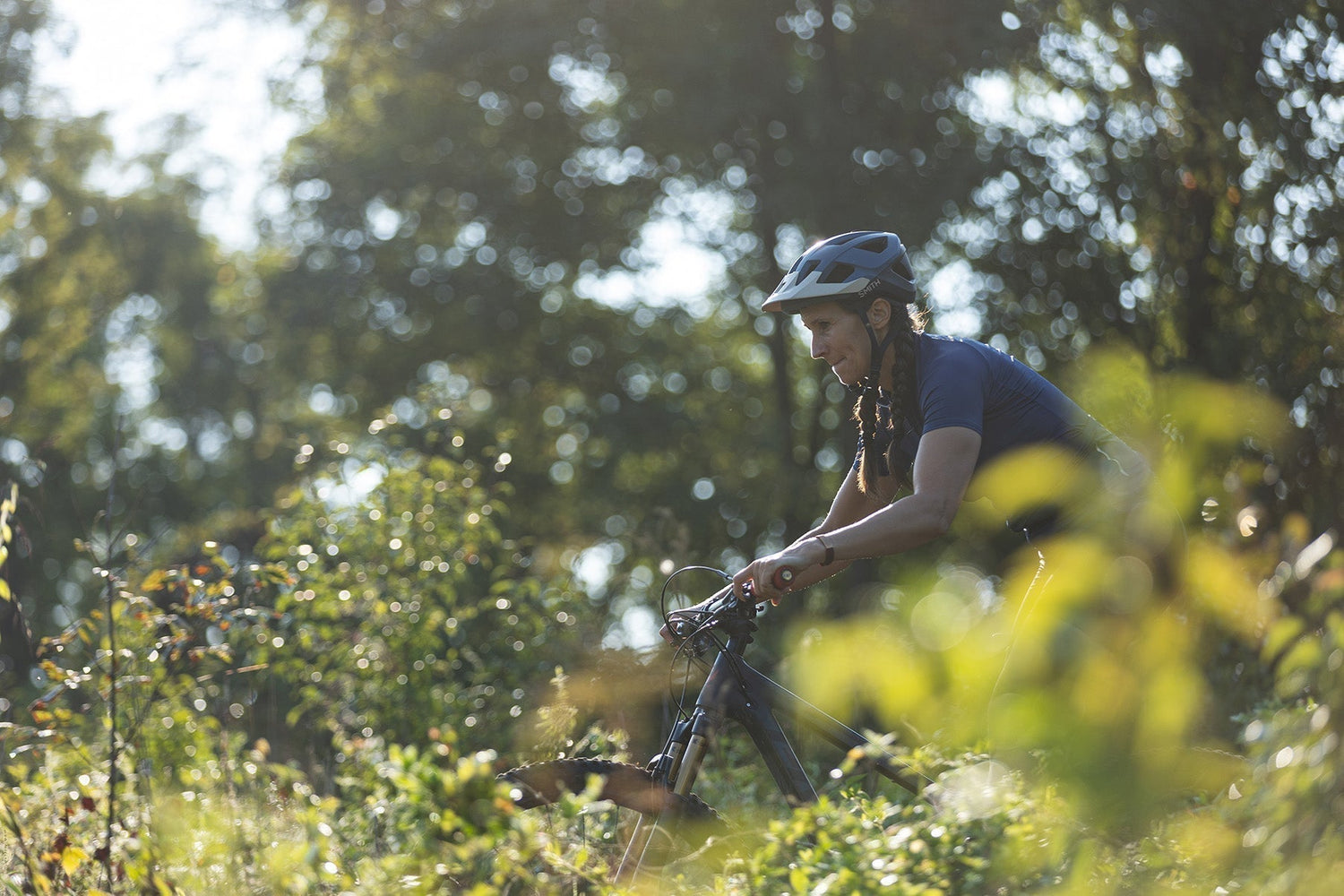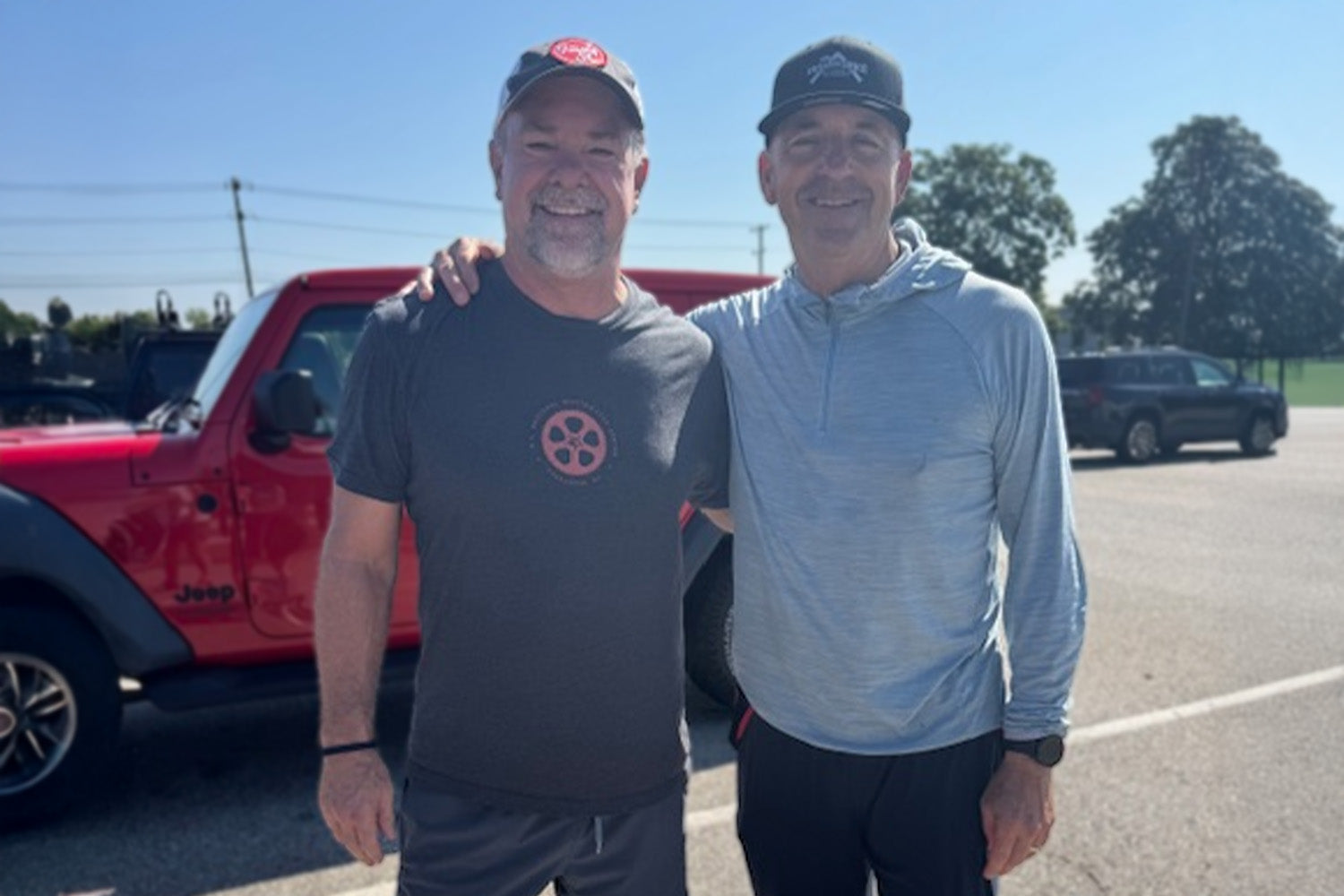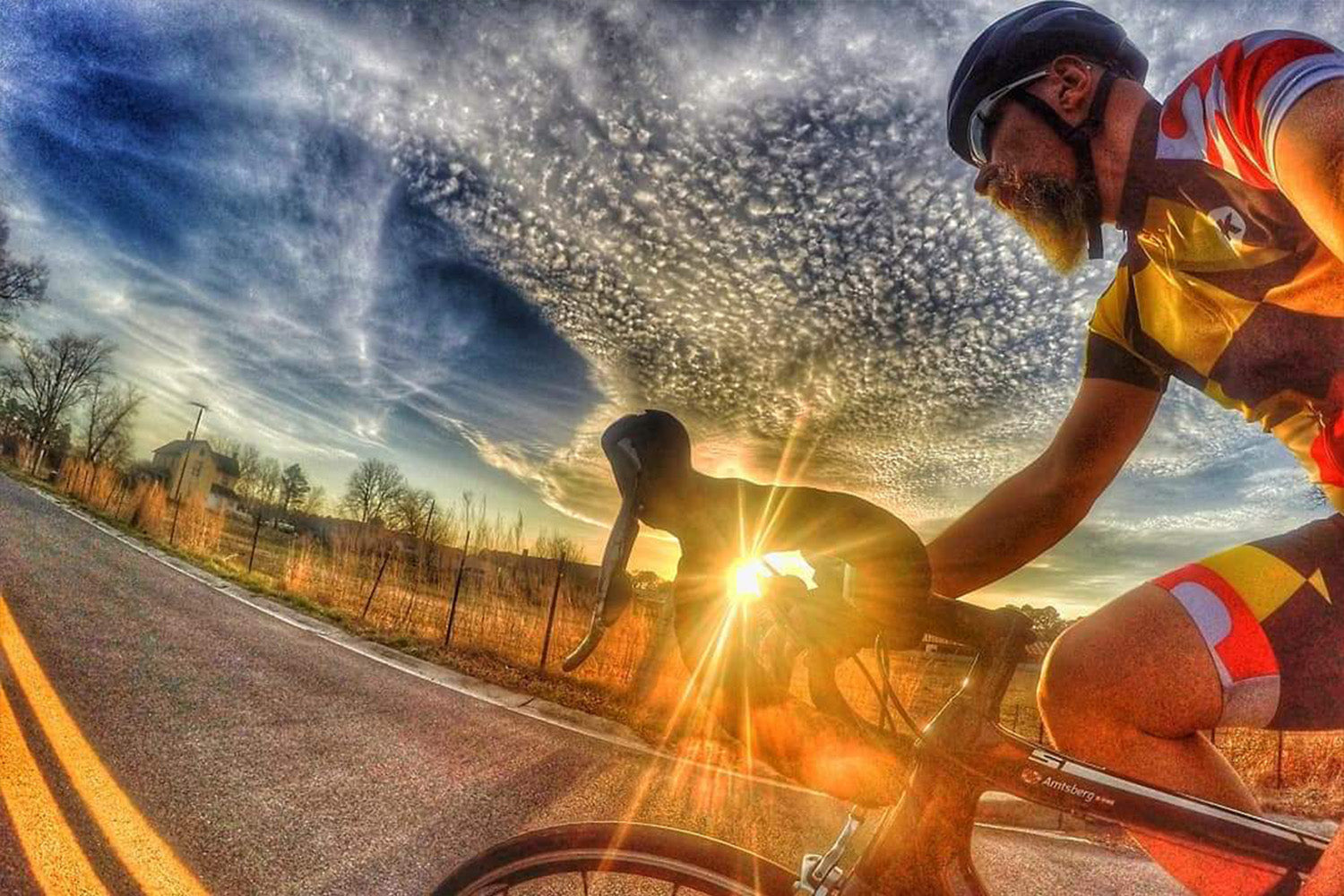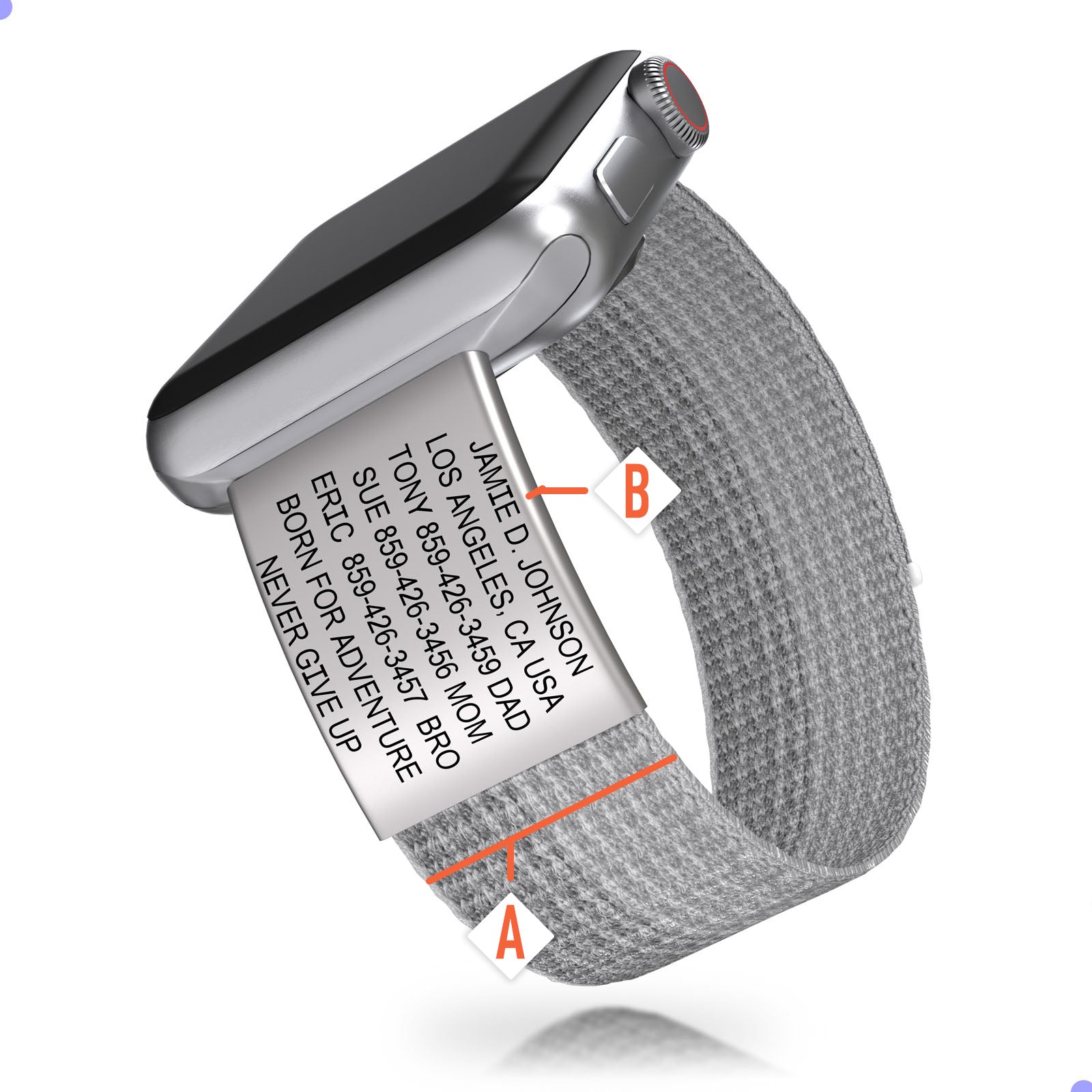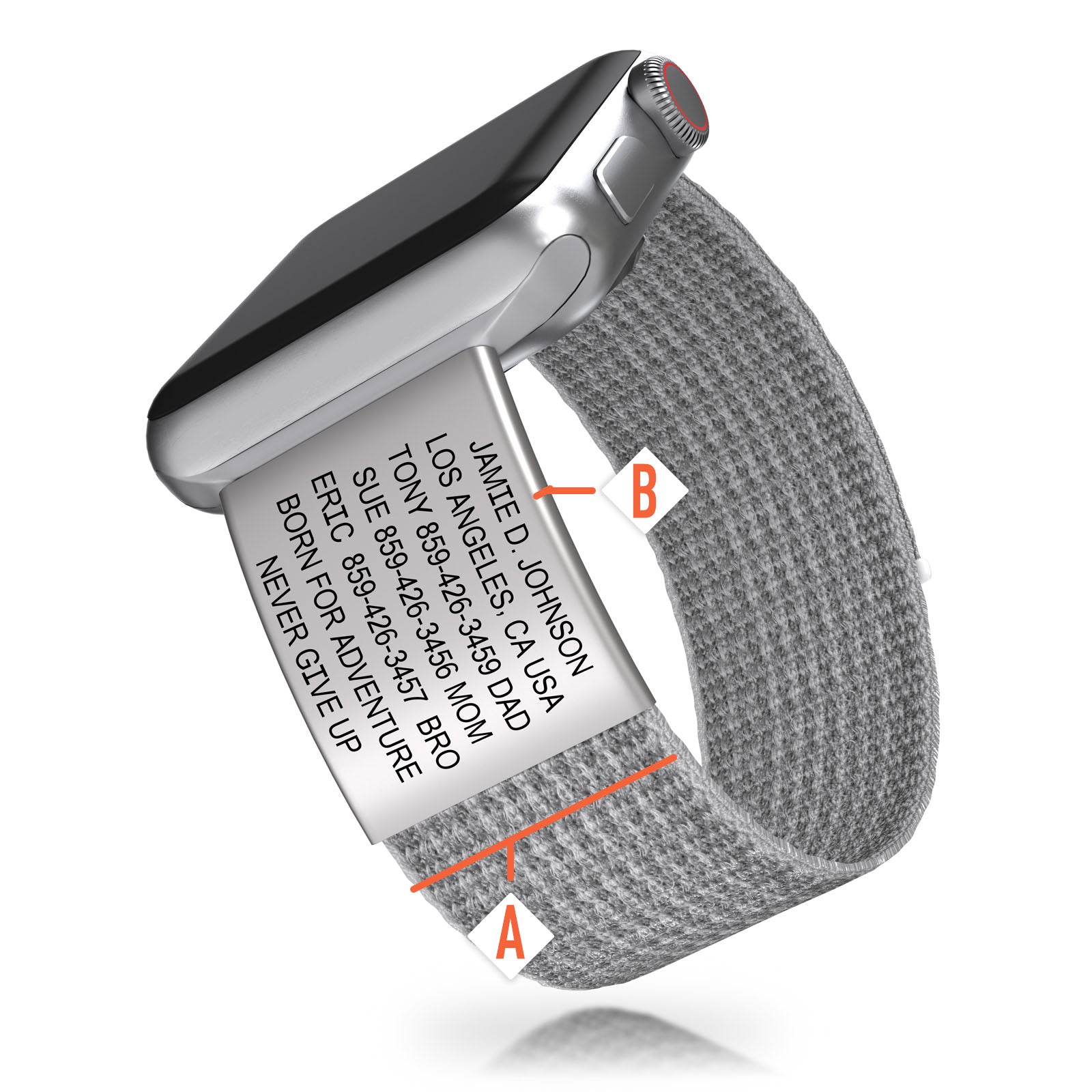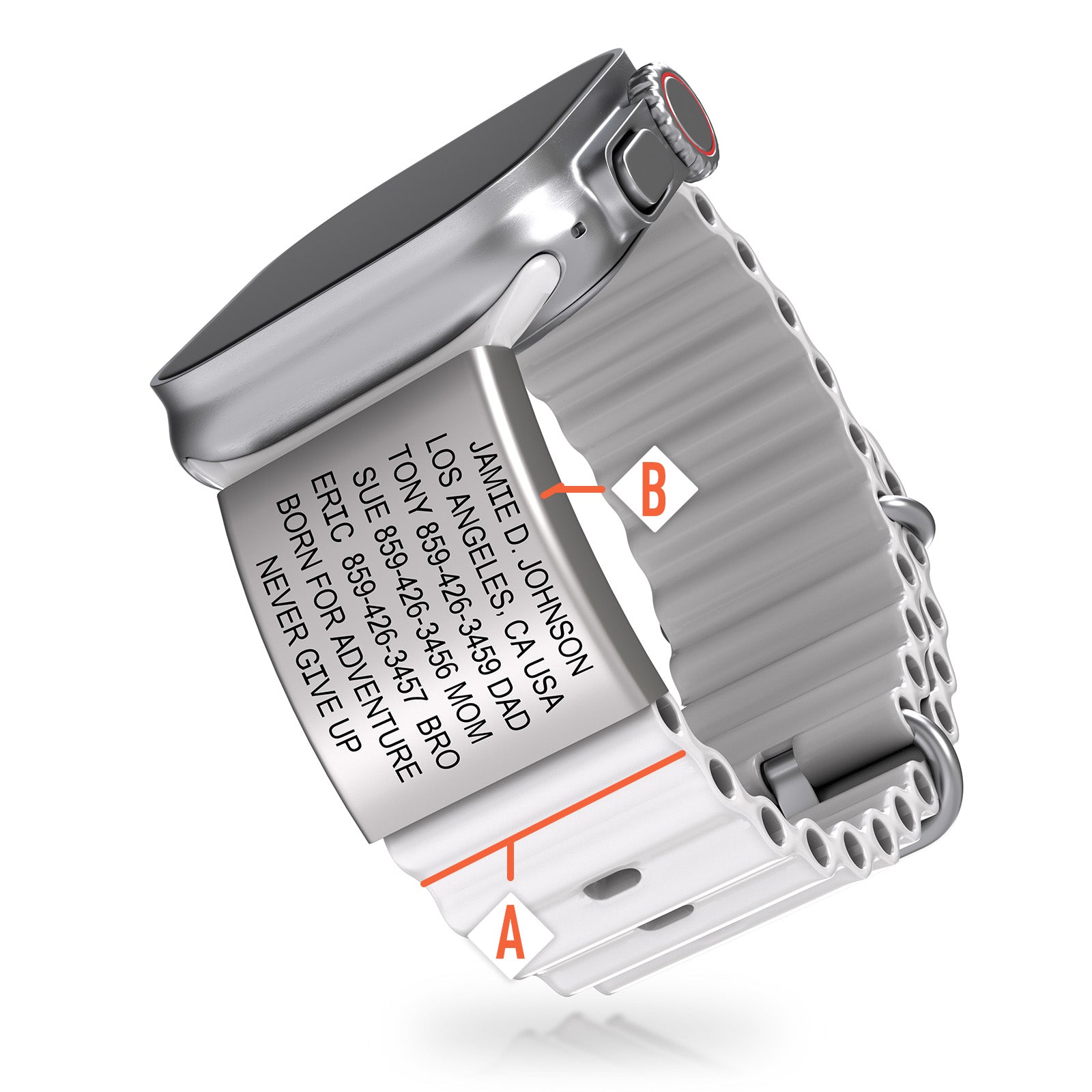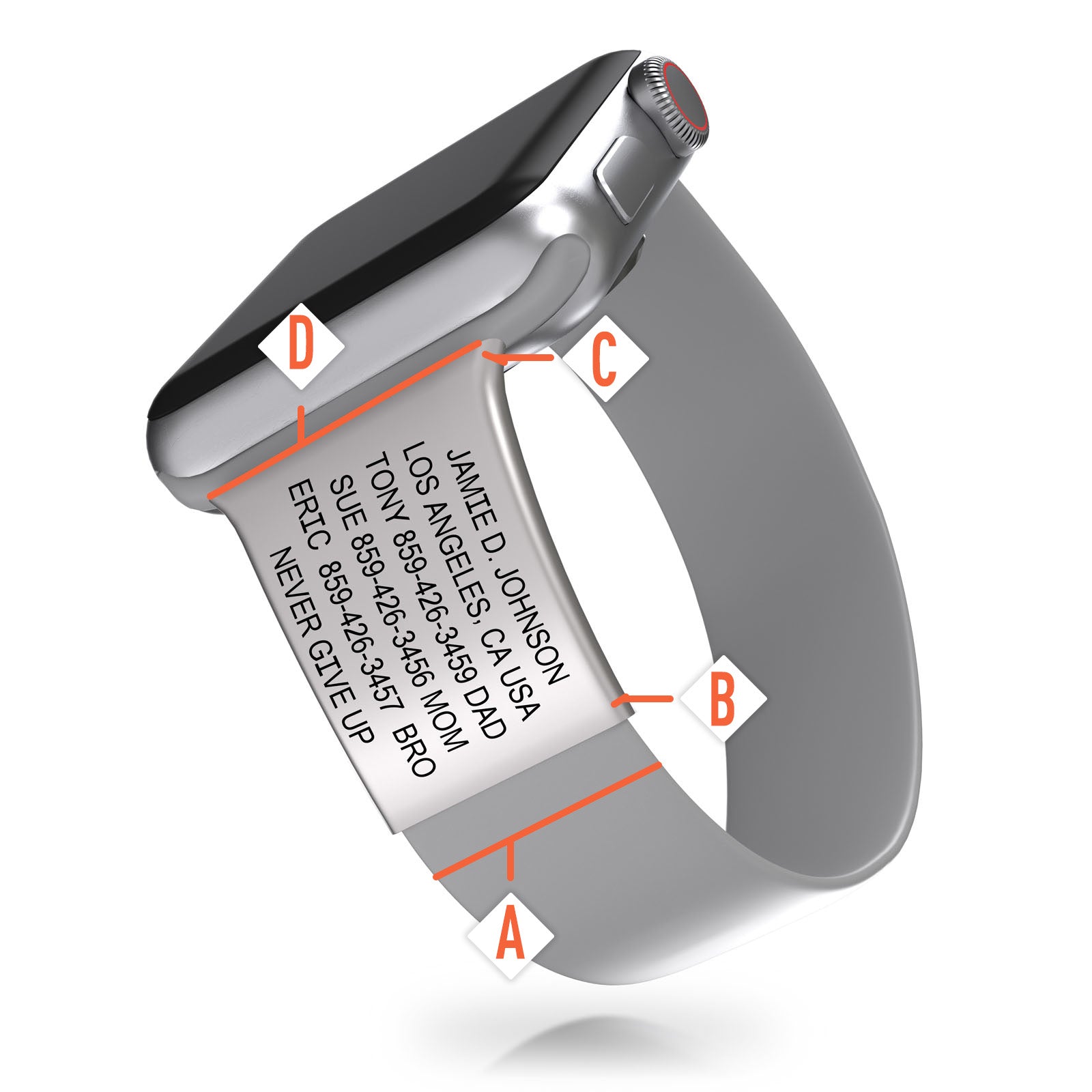Hemingway said “a man can be defeated, but not destroyed.”
I folded up the citation the nice police officer gave me for speeding through an army base and stuffed it in the glove box. Flipping on the turn signal, I slow-rolled the Chevy Traverse onto highway 95 and headed for Beatty, Nevada (going the speed limit).
Death Valley was waiting in those spotless skies to the west, and I couldn’t wait to see it again.
I’d embarked on my second Badwater 135 experience. If you’re not familiar with this magical 135 mile foot race, read my story from last year, then hop back over. In short, 99 runners attempted to run from Badwater Basin, through Death Valley, and up to Mount Whitney Portal, weathering blistering temperatures and steep changes in elevation. Some will accomplish this in under 24 hours.
I began to wonder how I’d craft a story around my second trip without covering the same ground, and it wasn’t until a few days after I returned that it dawned on me.
For some, the race is about connecting with nature. For some, it’s about challenging yourself to finish something hard.
And for others, it’s about redemption. About shedding weight and breaking through.
So I want to tell you about Bob Becker and Charlene Badenhop.
In 2022 Bob Becker attempted to become the oldest person to have ever finished Badwater 135. He missed the 48 hour cutoff by minutes, crawling toward the finish line in desperation. This year, he decided it was time to go back.
I first spotted Bob near the Mesquite Dunes at sunrise on Tuesday morning. He’d been running a little over nine hours at that point, through the night, alone but for a full moon. He paused long enough to ask me how things were going. Me, the guy who actually got to sleep for four hours. We yakked about the weather until Bob rounded the bend and disappeared on the road to Stovepipe Wells.
On Wednesday I located Bob and his crew trekking up Mount Whitney Portal road. Bob strode up the steep grade and leaned forward as if he were attempting to ward off gravity. A wet towel was draped over his head, casting a shadow across his smiling face. To the east the Sierra Nevadas looked on. To the west the mountain—and the road to the finish line—loomed in the afternoon sun.
Bob almost tripped over a rock because he decided to turn and wave hello, thanking me for taking photos. I was relieved my intrusion didn’t end his record-breaking effort, although I don’t think anything would have stopped him at this point.
Shortly afterward it occurred to me that I could use a break from the sun, a reminder that Bob was a lot tougher than I was.
Several hours later, he made it. At 80 years of age, he ran into the shady pines and crossed the finish line - on his feet this time. I was fortunate enough to be there and capture the moment. Bob worked with a coach, planned very strategically, and executed with fierce determination and a positive outlook. After 135 miles, he was still smiling.
What have you done today?
You can hear Bob’s recent interview on NPR radio, and if you run a Google Search, you’ll see his story popping up everywhere.
---
Let’s take a moment and rewind to last year’s race. I passed Charlene Badenhop sitting on a bench outside of the Dow Villa Motel with her head in her hands. Her race fell apart early on, and she was devastated after having to drop out.
So I was pumped when I ran into Charlene and her crew this year flying out of the Cincinnati Airport. She was going back to Badwater.
In the last year, Charlene was met with a cancer scare. She’s grappled with the sudden loss of her sister. She struggled with imposter syndrome.
Her story is many things. It’s about digging deeper. About discovering what you’re made of. And about letting go. Read on. She tells it better than I could:
Can you describe what drew you to Badwater 135 in the first place? What does this race mean to you?
I was inspired by Melanie Owen when I crewed her in the 2018 Badwater 135. I was fascinated by the event. Badwater became a five-year journey for me. It wasn’t just about qualifying—it was about growing as an athlete and a person. Badwater represents perseverance, community, and the privilege of pushing yourself to the limits in one of the toughest environments on earth.
Looking back to last year’s DNF, what do you remember most about that experience? How did it feel to not finish?
I had to confront what it means to DNF, and how that feels. I’d never experienced that before. It wasn’t just a race—it was years of preparation, thousands of dollars invested, and the belief that this was my one chance. To have it end without a finish was unbelievably painful. But over time, I’ve come to realize my DNF wasn’t a failure. Just before the race, my doctor found a tumor on my ovary. The Friday before the race, I was making an appointment at the Cancer Center. I went into that race stressed and distracted. My husband was worried, and I had promised my family that if I felt in danger, I’d stop—and I did. That decision was harder than pushing forward, but I knew I couldn’t jeopardize future races—or my long-term health—for the sake of that one finish. In a way, that choice was a success. I lived by my values that day. Looking back now, it’s complicated—there’s gratitude, grief, pride, and even worry all mixed together. But I learned a lot about myself, my faith, and I carried that forward into this year.
At what point after last year’s race did you decide you wanted to come back?
Honestly, I was already thinking about it during the post-race pizza party. When Race Director Chris Kostman, spoke to those of us who didn’t finish, his words stuck with me. By the time I ended the night with Katie, my crew member at Jake’s Saloon, I knew 100% that I was coming back. I felt unfinished.
How did you approach your training and preparation differently this time?
First, I focused on getting healthy—both physically and mentally. I knew I couldn’t just train harder; I needed to believe I belonged at Badwater. Tackling the imposter syndrome became part of my preparation. This time, I trained not just to run, but to believe in myself every step of the way.
During the race this year, were there moments you felt that same doubt or struggle from last year? How did you handle them differently?
Honestly, no—I never doubted myself this time. I showed up healthy, physically, mentally, and my faith was stronger. That made all the difference. I trusted my training, trusted my crew, and more importantly, I believed I belonged out there alongside the other athletes. That shift in mindset changed everything for me.
Could you share a little about who you lost in the last year and what she meant to you?
I lost my sister, Sheri, unexpectedly in April 2025. We still don’t fully know how she died—possibly a heart attack—but she had been struggling with mental health issues for several years. Our relationship had its highs and lows over those seven-plus years, but at the core, she was one of the closest people in my life, next to my husband and my two boys. I was always there for her, late-night calls or driving hours to spend time with her when she needed me. We talked or texted every single day. Losing her left a hole I’m still learning how to live with.
How did this affect you, both personally and as an athlete?
It was a wake-up call. Life is too short not to do the things you’re able to do—the things that bring you joy. In these past few months, my focus has shifted to making sure the people I love are really okay. I encourage my family and friends now: if you’re not feeling right, talk to your doctor. If you’re struggling mentally, please get help. As an athlete, it pushed me to stop doubting myself. Sheri’s loss reminded me that tomorrow isn’t promised, so I showed up at Badwater determined to do what I love, while I still can.
Did this play a role in your decision to come back and finish this year?
Actually, it didn’t. I kept my entry pretty quiet this time—I don’t think I even announced it on social media that I was invited back. Part of that was because in 2024, my sister worried about me being out there. This year, I didn’t want her to worry again.
Were there moments on the course where you felt her presence or thought of them? What was that like?
Yes—especially during the first 42 miles under the night sky. The stars and the moon were so beautiful, and I found myself looking up, wondering what heaven looked like. That’s when I felt her close. I had moments where I talked to her out loud, cried, laughed, and just felt this overwhelming sense that she was at peace. It brought me comfort when I needed it most.
Do you see this year’s finish as a form of healing? In what ways?
Absolutely. I felt like I was able to let my grief go in a way I hadn’t before. Finishing Badwater this year gave me a real sense of healing. I carried some emotion into the race, and crossing that finish line helped release so much of it.
What did crossing the finish line this time feel like compared to other races you’ve done?
Finishing Badwater 135 was magical. It doesn’t compare to any other race I’ve done. The training itself is next-level—heat training, managing nutrition in extreme temperatures, and dialing in gear. It’s not like preparing for a typical race. So when I crossed that line, it felt earned in a way I’ve never experienced before. It was overwhelming and humbling all at once.
Were you able to find peace, closure, or even joy in the process of returning?
Yes. I felt at peace and excitement. Returning felt like a privilege. There was a real sense of joy in simply being back out there and having another chance to finish.
How has this journey — from last year’s DNF, through grief, to this finish — changed you?
It’s made me more grounded. I’ve learned to hold both joy and grief at the same time and not see that as weakness. I’ve also learned that failure doesn’t define me—how I respond to it does. Coming back, finishing, and doing it with my sister’s memory in my heart—it’s changed how I see myself, both as an athlete and as a person. I’m stronger, but in a quieter, more meaningful way.
What was going through your mind during the toughest parts of this year’s race?
Honestly, around mile 128, I started to worry. The switchbacks made it hard to see the crew car ahead of me, and I felt like my body was starting to shut down a bit. I was insatiably hungry and started thinking: What would we do if I went down right here? There was no phone service, and that fear felt very real but only for a mile or two. But in that moment, I made a choice: to trust my crew. I told my crew exactly how I was feeling, and we talked through it. Then it became simple—left foot, right foot. Just keep going. Even during those tough moments, I never doubted I’d finish. I felt so much love and support, not just from my crew but from everyone cheering me on from afar. That carried me forward when my body was struggling.
What did you learn about yourself in the last year?
I learned that I’m stronger than I thought, but not in the way I used to believe. Strength isn’t just about pushing through—it’s about knowing when to stop, when to ask for help, and when to trust others. I also learned that healing and racing aren’t separate—they’re connected. The last year taught me that grief, love, and endurance can all exist together.
How do you define success now, compared to before?
Before, success was simple: crossing the finish line and usually with a goal time. Now, it’s much deeper. Success is honoring your values, listening to your body, and showing up with heart, no matter what happens. It’s being present for the journey and not chasing results, which I was way off on my finishing goal time. Finishing Badwater this year was a success, of course—but how I finished, and who I became along the way, mattered more.
Is there anything you would say to someone going through their own season of grief or defeat?
I’d say: don’t rush it. Grief and healing don’t have a timeline. Let yourself feel everything with no judgment, whether it's sadness, anger, or even joy when it surprises you. Also, find something you enjoy, no matter how small. Get outside. Spend time with friends, even when you don’t feel like it. Connection matters. Movement matters. Whether it’s a short walk, a run, a coffee with a friend, or just sitting in the sun—those little things help more than you realize. And if you’re facing defeat, remember: it doesn’t define you. What matters is what you choose to do next. Rest if you need to. Reach out for help. Healing and hope often come one small step at a time. You’re not alone.
How do you want to carry this experience forward into your life and running?
I want to carry the reminder that I’m capable of more than I think—but also that it’s okay to slow down and focus on what matters most. Running isn’t just about races for me anymore; it’s about gratitude for what my body can do and the people who support me. I’ll carry that perspective forward in every mile I run.
Are there other races or challenges on your horizon?
I’m definitely looking for the next race—but it has to fit around my family’s activities. My boys are growing fast, and I want to be present for them too. Racing will always be part of my life, but it’ll work alongside the people I love.
If your “Irish twin sister” could have seen you cross the finish line this year, what do you think she would say?
I think she would have said, “I’m proud of you, Charlene.” And knowing her, she probably would’ve joked that I was crazy—but she’d say it with love. I think she’d be relieved I was safe and happy that I was able to finish.
---
Recently Charlene shared a Facebook post that said “somewhere in Death Valley, I left some of my grief behind.”
Badwater is a family. During the race, everything else dissolves into the desert. What’s left is the insanely vast, unchecked beauty of the land, the seemingly impossible challenge ahead, and the reality that we’re all in it together. The runners, the crew, the staff—we’re there to be a part of something bigger than ourselves.
The great and remote course offers a path to leaving things behind, to unlocking clarity, and to return home, while tired, more whole than when you started. It’s a giant slice of humanity in one of the most desolate places on earth.
As the sun rose near Stovepipe Wells Tuesday morning, I thought about how grateful I was to be able to stand there and watch it carve shadows across the massive dunes. In that moment, a hummingbird buzzed around my head a few times and landed on my shoulder.
I told you it was magic.
Now, where did I put that speeding ticket?
---
Special Thanks:
Chris Kostman and AdventureCORPS®
Chris has carefully created a well-oiled machine, and his events are conducted in concert with The National Park Service and local municipalities. Safety is a priority. Chris’s diligence, work ethic, attention to detail, and enthusiasm have made this race one of the most prestigious and coveted ultras in the world. ROAD iD is honored to partner with AdventureCORPS® in support of such a high caliber event.
Thanks for having us back this year Chris.
About the Author:
Mike Trimpe works in Marketing and Creative for ROAD iD Brands. He also digs wildlife photography and playing the guitar. He rarely gets speeding tickets.
